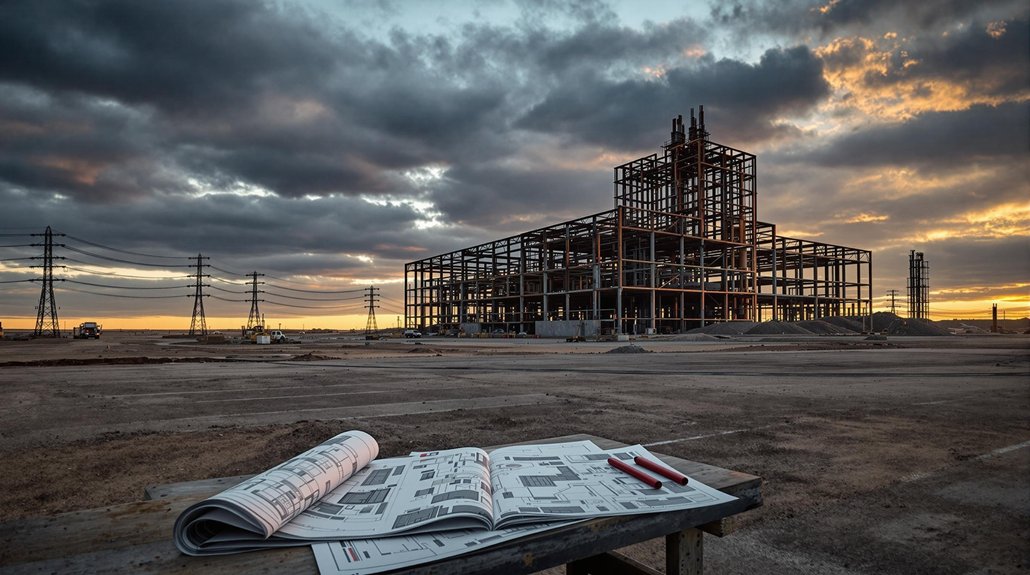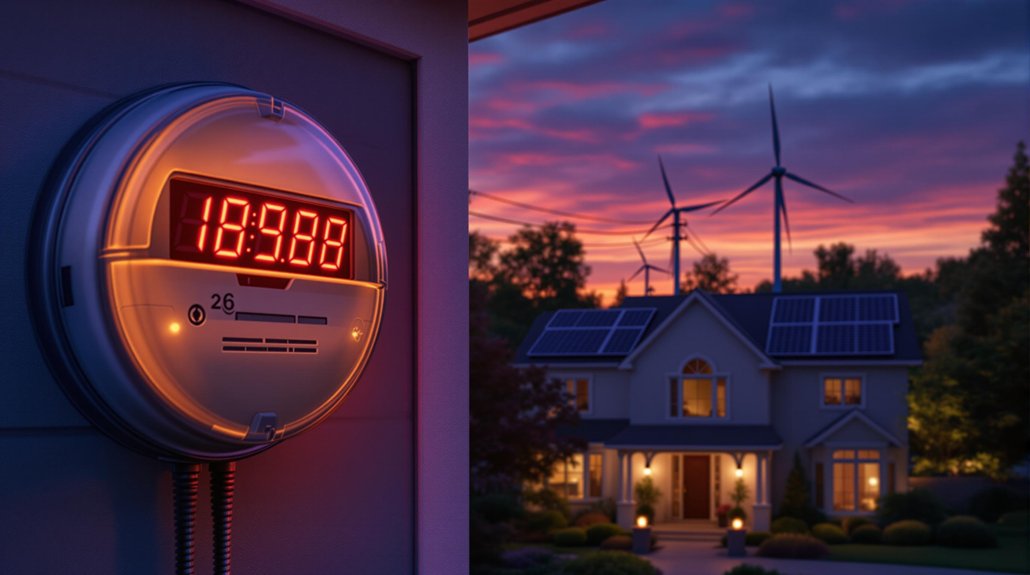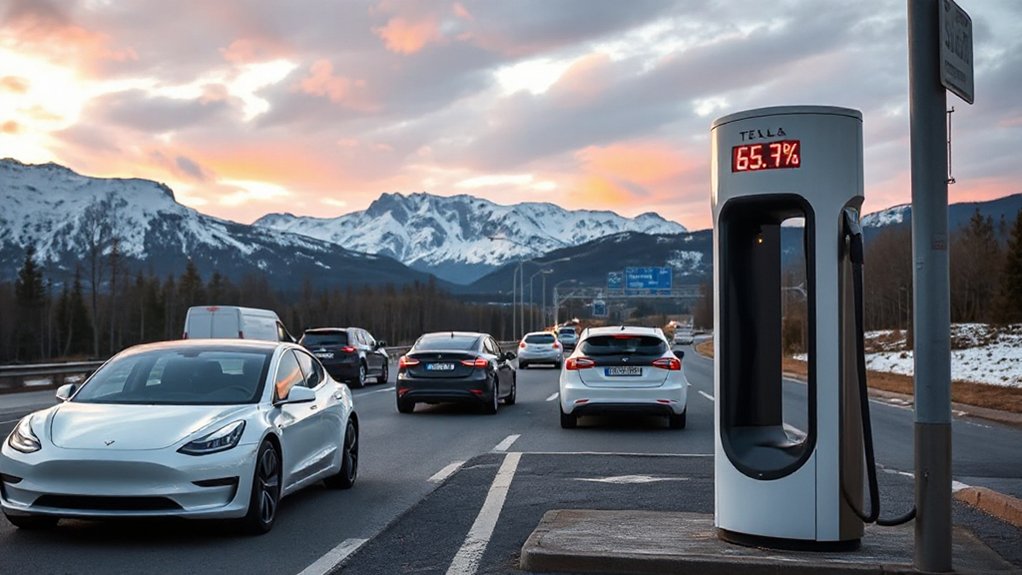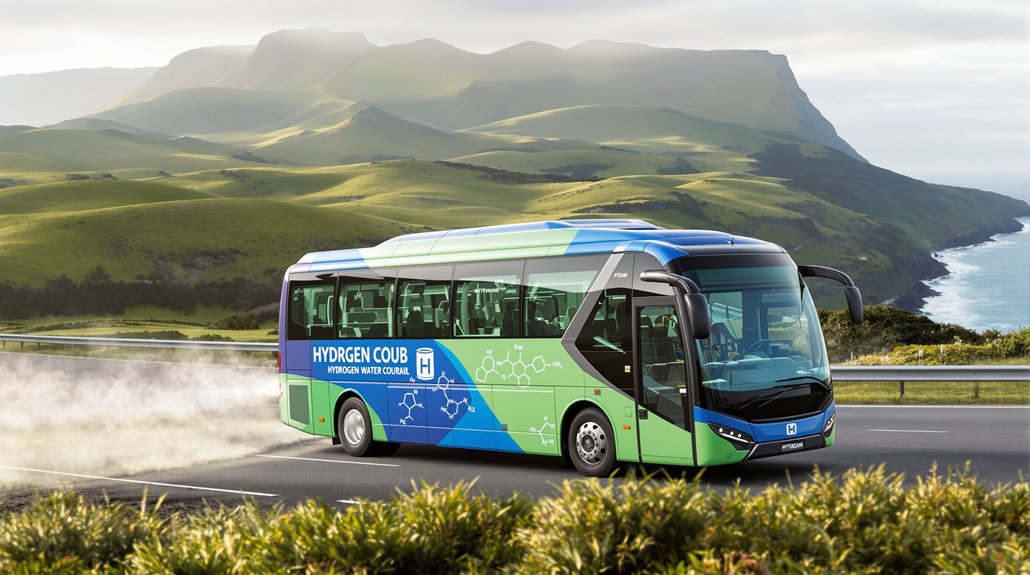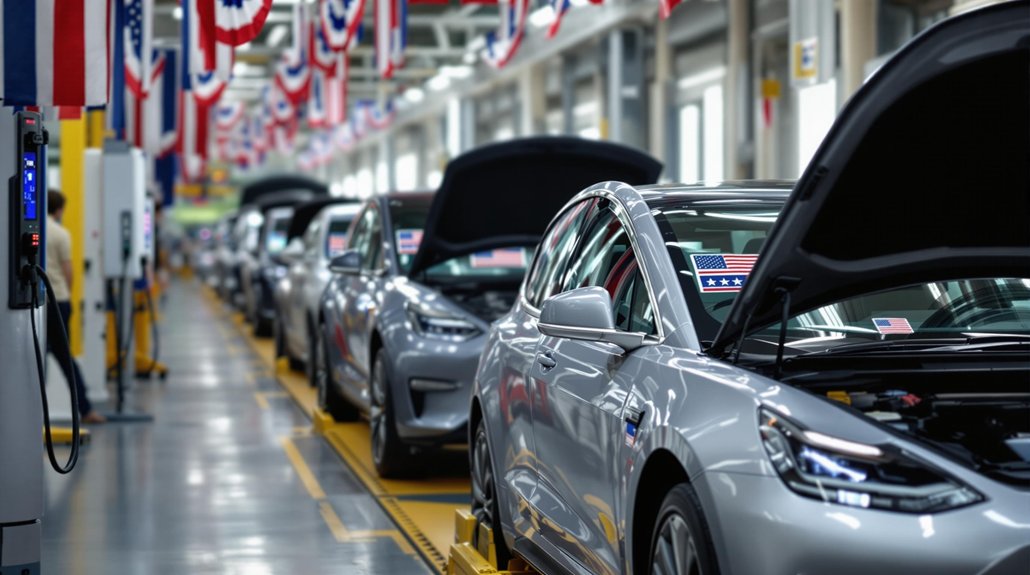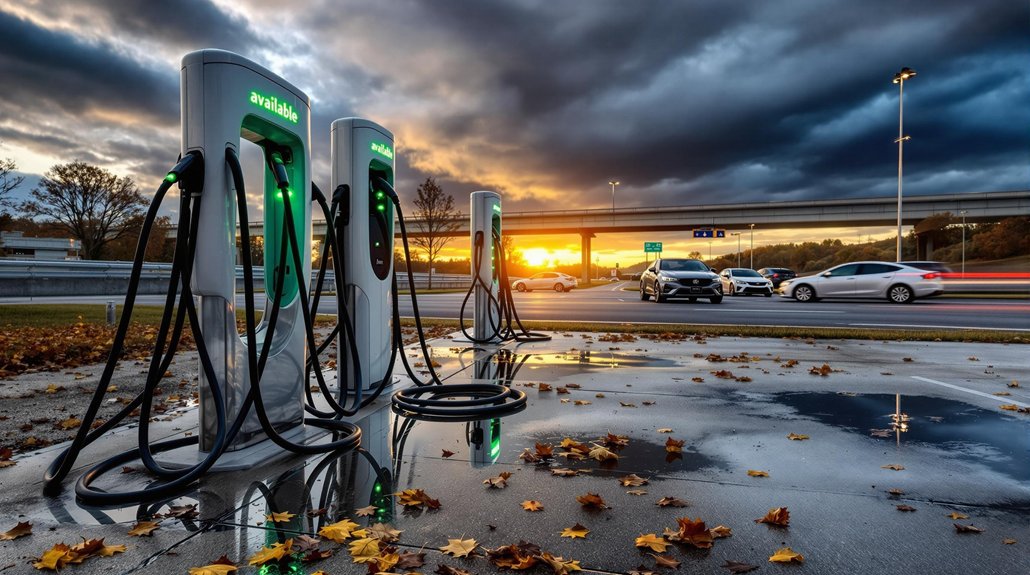America’s electric vehicle ambitions face a serious roadblock. Recent reports show major battery factories worth billions of dollars are being cancelled or delayed across the country. KORE Power just scrapped its $1.2 billion Arizona plant, joining a growing list of abandoned projects. The setbacks stem from uncertain federal funding, cautious private investors, and supply chain issues. These factory closures threaten U.S. goals for EV adoption and raise questions about the future of clean transportation infrastructure.
While the Biden administration pushed for a domestic electric vehicle battery shift, the dream is hitting major roadblocks across America. KORE Power recently canceled its $1.2 billion Arizona gigafactory, adding to a growing list of delayed or abandoned projects. These setbacks signal deeper challenges for the U.S. in building a competitive EV battery supply chain.
Energy demands present a major obstacle for these massive facilities. In Kansas, a single Panasonic battery factory will double the energy consumption of the state’s largest utility customer. The project requires two new substations, upgrades to three existing ones, and 31 miles of transmission lines. The transition to renewable energy sources could help address these demands, as they have potential to reduce emissions by over 90% compared to fossil fuel alternatives.
Ironically, a coal power plant scheduled for closure will remain operational to power this green technology initiative.
Federal funding uncertainty compounds these problems. While the Department of Energy announced $725 million for battery materials processing in 2023, recent funding freezes threaten projects dependent on the Bipartisan Infrastructure Law and Inflation Reduction Act.
These delays discourage private investment and could derail America’s battery manufacturing ambitions.
Environmental concerns also create tension around these projects. The Kansas factory highlights a paradox: coal power will fuel the production of batteries meant to reduce fossil fuel dependency. This huge facility, spanning 2.7 million square feet, represents the scale of infrastructure needed for America’s EV transition.
This mirrors similar compromises in global manufacturing, where green technology often relies on carbon-intensive energy sources. Clear and effective technical writing skills are essential for companies to document these environmental impacts accurately.
Local communities face mixed economic impacts. While factories bring jobs and investment, they also create infrastructure challenges.
Local governments must upgrade electrical grids and provide services for these energy-intensive facilities. The costs sometimes outweigh short-term benefits, especially when projects face delays.
The U.S. battery industry struggles with insufficient infrastructure to support rapid growth. Supply chain disruptions and intense global competition, particularly from China, make it difficult for American companies to deliver cost-competitive products.
Despite Toyota’s plans to proceed with its North Carolina battery factory, the overall trend suggests America’s EV shift faces a rockier road than anticipated.
